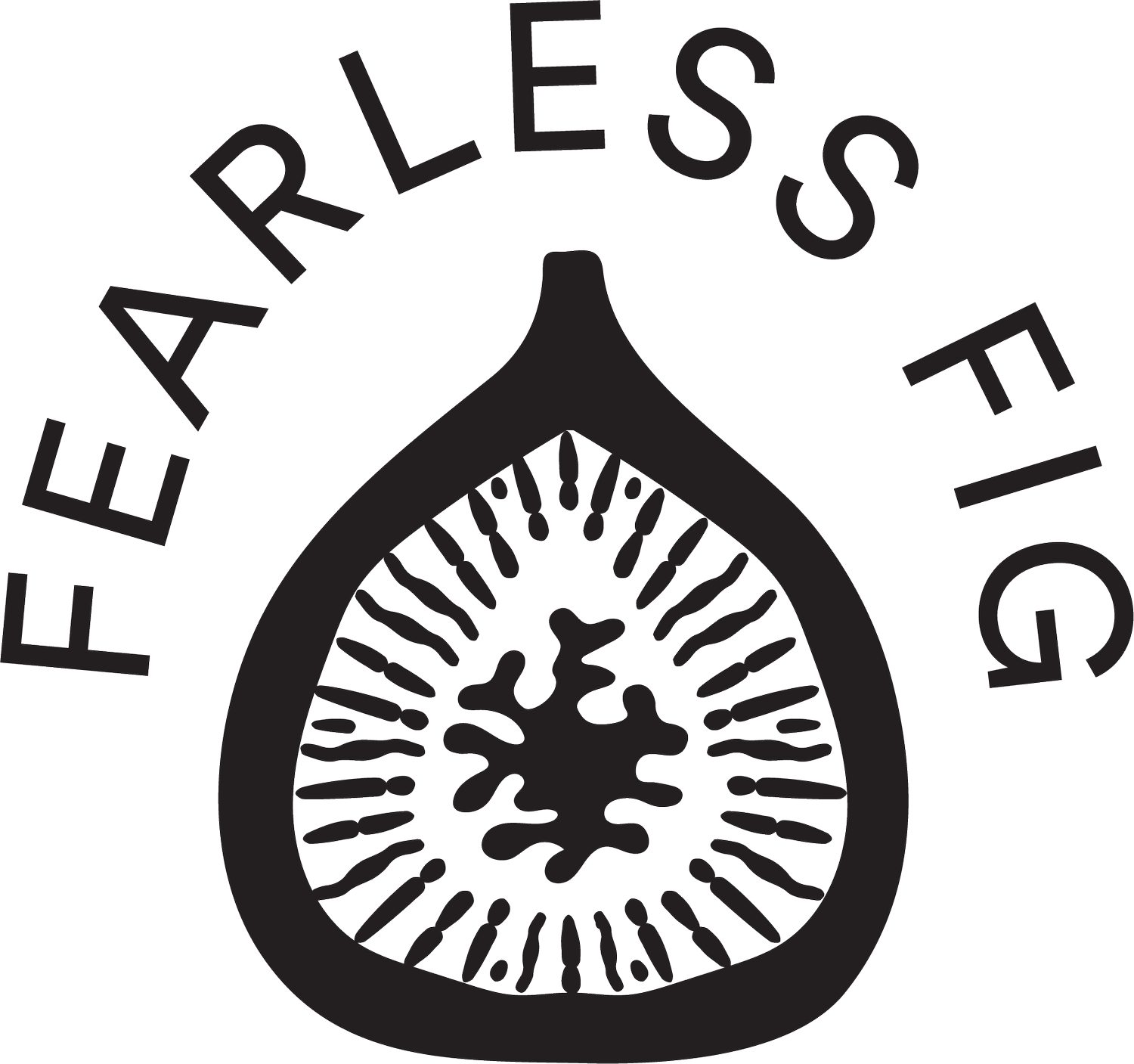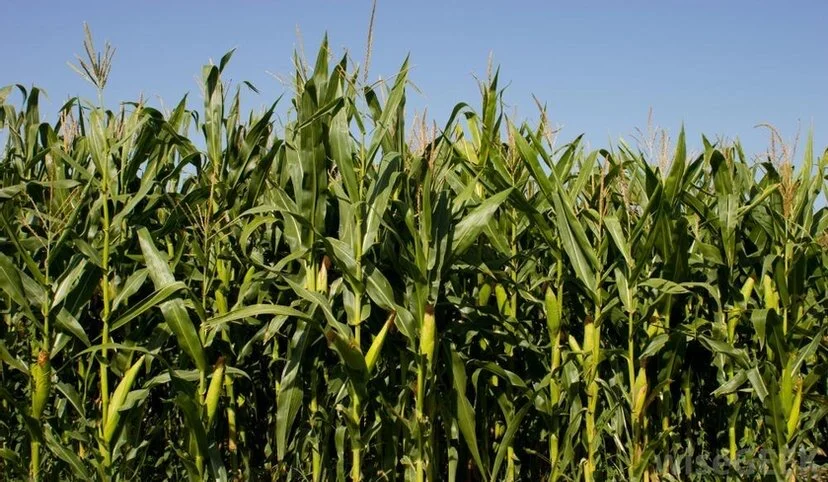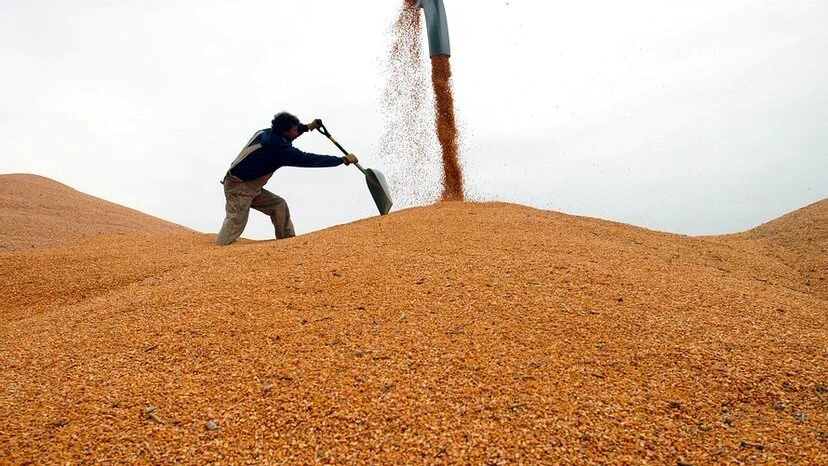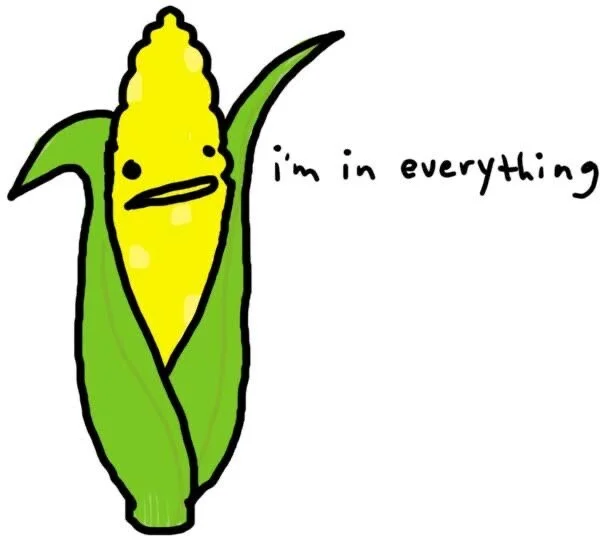Corn: Commodity or Necessity?
How does Corn Function?
At its basic level, corn is a plant that converts energy from the sun into energy that promotes life (calories), but what is it about corn that sets it apart from other plants? How has it made a profound impact on our daily lives and has it truly become a necessity? To begin to answer these questions, we must explore the role corn plays on a biological level, political level, and within our food systems.
Corn is a plant designed to turn sunlight into usable energy and it has the ability to produce four carbon compounds, unlike most plants which make only three. Carbon is a form of stored energy, and corn is a well designed system for energy storage. Essentially, corn is efficient; it produces more energy with less work, making it the ideal American crop. There are theories that Native Americans were the first to capitalize on the productivity of corn. By utilizing corn as a staple crop, they could grow larger quantities of food in smaller areas in the shortest amount of time.
Even though corn is highly efficient, its structure relies on humans for survival. The seeds of a corn plant, the kernels, are encased in a fibrous shell that must be stripped open to release the seeds, which must then be spread so the corn plants can grow. That is why planting an entire husk of corn would not yield a corn plant. The kernels are packed together so tightly that the competition for growing space is fierce and survival is slim. A creature with opposable thumbs and the ability to open the husk and spread the seeds is required for the proliferation of the crop. In exchange for planting, corn provides large quantities of energy with minimal input. Most of the energy produced in the kernel is derived from the air and the sun. It needs very little minerals from the soil to thrive. Thus the co-dependence of corn and humans begins to unfold.
The Politics of Corn
Corn is not just a plant, but also a topic of much political controversy. Therefore it is important to understand both the biological and political implications that corn has on our society. In 1973, Earl Butz, head of the Department of Agriculture, began changing the way farmers received payment for corn crops. Instead of a system of loans and government grain purchases that had previously been in place, farmers were paid directly for a fixed target price of corn. This allowed farmers to sell their corn at any time without worrying about losing money. Even when prices dipped, the government would pay the difference.
Modern day farms have drastically changed from the diverse ecosystems they once were. Instead of livestock, plant diversity, and a system producing minimal waste, farms have become commodity-producing machines. With the target price of corn continually dropping, farmers must expand their land and produce more corn just to break even within the market. This leads to a dangerous cycle of increased production of a surplus commodity with an artificially inflated price, presenting a political dilemma. The government is subsidizing a product with a low market value and endless availability, in turn making corn an imperative staple to a growing population. However, society can only utilize so much of this commodity. With the growing surplus and continued government subsidies, scientists have had to become creative.
How Many Items are Made From Corn?
New products began to emerge on the market, taking advantage of this corn surplus. One area seeing the largest growth was our food systems. From synthetic fertilizers used to enrich farm land to pesticides on produce to the waxy sheen placed on a cucumber, corn byproducts play a part. In addition, the livestock industry has programmed animals to convert corn energy into muscle and fat energy, not something they were genetically designed to do on a corn-based diet. As a result, the energy captured in a kernel of corn is at the core of almost everything we eat.
With the changing social climate, Americans began to embark on a faster paced lifestyle that was no longer conducive to family meals and cooking. The food industry picked up on this trend and ran with it. In 1967, scientists created high fructose corn syrup, a concentrated and cheap form of corn sugar that is extremely pleasing to the human palate. This product was just the beginning introducing of corn into factory made, highly processed foods.
Next time you are in the supermarket, pick up a prepackaged snack and scan the list of ingredients. Maltodextrin, ascorbic acid, xanthum gum, lactic acid, dextrose, crystalline fructose, maltose, caramel color, lecithin and MSG are not only common in prepackaged foods but are also all derivatives of corn. Items you may be more familiar with such as coffee creamer, Cheez Whiz, frozen yogurt, granola bars, ketchup, canned fruit, candies, soups and snacks are surprisingly also corn-derived.
Corn and Our Health
While corn provides an inexpensive, calorically dense food that can be distributed globally, overexposure is a growing concern. It is no secret in our society that obesity is an epidemic, health care costs are climbing at an alarming rate and chronic lifestyle diseases are creeping their way into the younger generations. Still, as the population increases, we need to feed the masses.
Providing a cheap commodity food like corn gives everyone access to calories to fuel their bodies, but pre-disposes them to deficiencies and illness with continued exposure. Similar to corn subsidies amongst farmers, the prevalence of corn today has decreased both the cost and quality of food leaving the government paying the target point for the cost of corn (health care).
Corn has become an integral part of our everyday lives. The influence it has on political agendas, biological diversity, production efficiency, food systems, and health care reveals its true power in our society. Now I ask you, is a corn a commodity or a necessity?
#corn #commodity #cornpolitics




